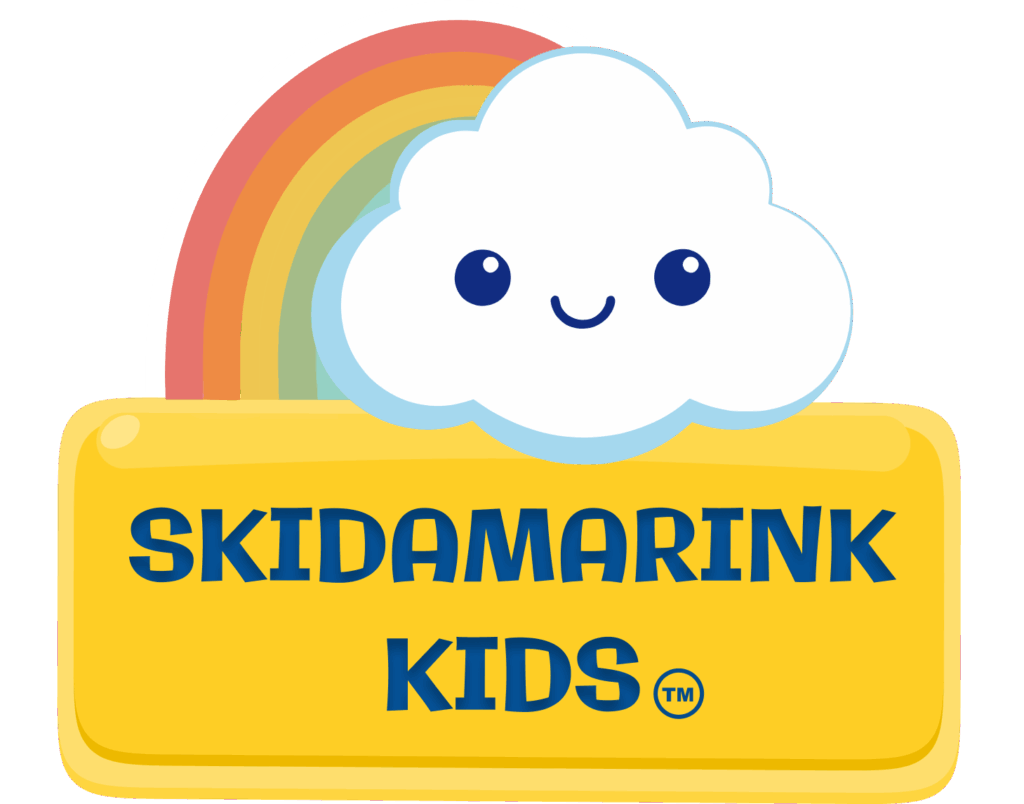Do you ever feel like you are not doing enough to improve your child’s communication skills? Mom guilt is real. So is Dad guilt. Can we just admit up front that being a parent is hard?! I’d like to say, first and foremost, that you are doing a great job. Really. Just the fact that you are looking for ways to improve your parenting tells me that you are already doing your best and want to be even better! You really are amazing. So, before we dive into strategies, take a BIG, DEEP BREATH, and pat yourself on the back. Parenting is a journey, and you are on the right path.
Now, let’s talk about how you can nurture your child’s communication skills through conversational exchanges in simple, realistic ways that fit seamlessly into your daily routine—because no one needs to add a to-do list on top of an already busy parent schedule!
-
Talk About What You Are Doing Using Short, Simplified Phrases
As you go about your day—whether you’re preparing food, getting dressed, or cleaning—narrate your actions. Use short, clear sentences like, “I’m putting the apple in the bowl,” or “Let’s put your shoes on.” This helps your child hear new words and start to connect actions with language.
-
Pause and Allow Time for Your Toddler to Respond
After speaking, pause. Give your toddler the space to respond in any way that feels natural to them—through eye contact, gestures, body language, or vocalizations. This simple step allows your child to practice turn-taking, which is the foundation of good communication.
-
Reinforce the Exchange with a Little More Information
Once your toddler responds—whether it’s a smile, a noise, or a word—add a little more information. If they point to a toy, you could say, “Yes, that’s a red truck!” This reinforces the exchange and provides extra context, helping to expand their vocabulary and understanding.
-
Allow Your Toddler to Respond Again
Give your child time to respond once more. Even if they don’t have real words, they are learning how to engage in a back-and-forth exchange, which is the essential building block of conversational skills. Communication isn’t just about speaking; it’s about connection and interaction.

Here’s the Key:
Your toddler does not have to respond with real words. The art of conversation and language building is all about relationship and reciprocation. You are engaging your child in conversation and providing new vocabulary for their little brain to process, learn, internalize, and use later when they are ready to “talk back.”
This step is HUGE in communication development. Children do not develop speech and communication in a vacuum—they develop it in relation to their primary caregivers (i.e., YOU). By talking to your child and giving them opportunities to respond, you are building the foundation for their future communication skills.
In Summary:
You don’t have to go above and beyond or find extra hours in the day to help your child’s communication grow. Simple, everyday conversational exchanges—pausing to allow your child to respond and offering a bit of new vocabulary—can go a long way in empowering them to develop speech and language. And remember: YOU are the most important factor in your child’s communication development. Keep up the great work, and give yourself credit for the positive, impactful moments you’re already creating each day!
What if my child is not responding to this strategy? Check out this post for other things to try! Communication Begins with Eye Contact, Imitation and Play
-Ali








